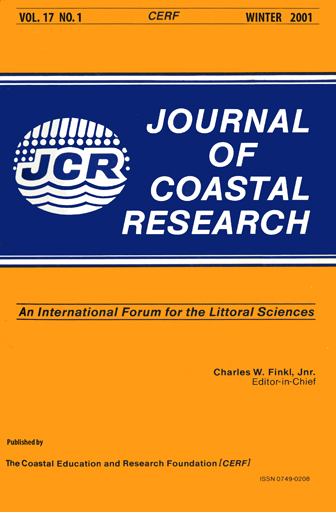Grain Size and Sorting in Modern Beach Sands
Keywords:
Terrigenous beaches, carbonated beach sands, Mexico, hybrid sands.Abstract
Grain size and sorting studies are of great importance in order to texturally characterize the sedimentary environments. These parameters are useful in order to characterize the dynamic beach environment, which is of potential interest for research on natural resources and to interpret analogous ancient sedimentary environments. The main scope of this work deals with the interactions, between grain size and sorting of beach sands and their possible relationship with the coastal plain width. More than 10 000 km of sandy littoral were covered through 274 beach locations: five regions in the Pacific and Gulf of California and four regions from the Caribbean and Gulf of Mexico. The samples were sieved and the grain size and sorting were obtained. The sands were mostly well sorted to moderately sorted and the more abundant classes were medium to fine sands. The average grain size decreases from inshore towards backshore; foreshore and backshore sands are better sorted than the inshore sands, the latter are probably greatly influenced by mixtures and variations in processes related to waves and currents. The sands of terrigenous beaches exhibit finer grain sizes than those from beaches of carbonated provinces. A relationship between the coastal plain width and the average grain size and sorting was found: better sorted and finer sands are associated with wider coastal plains. A statistical correlation between grain size and sorting is observed (r2 = 0.7957) when their average values are plotted according to major physiographic coastal plain regions.Downloads
Published
2001-01-11
Issue
Section
Articles


